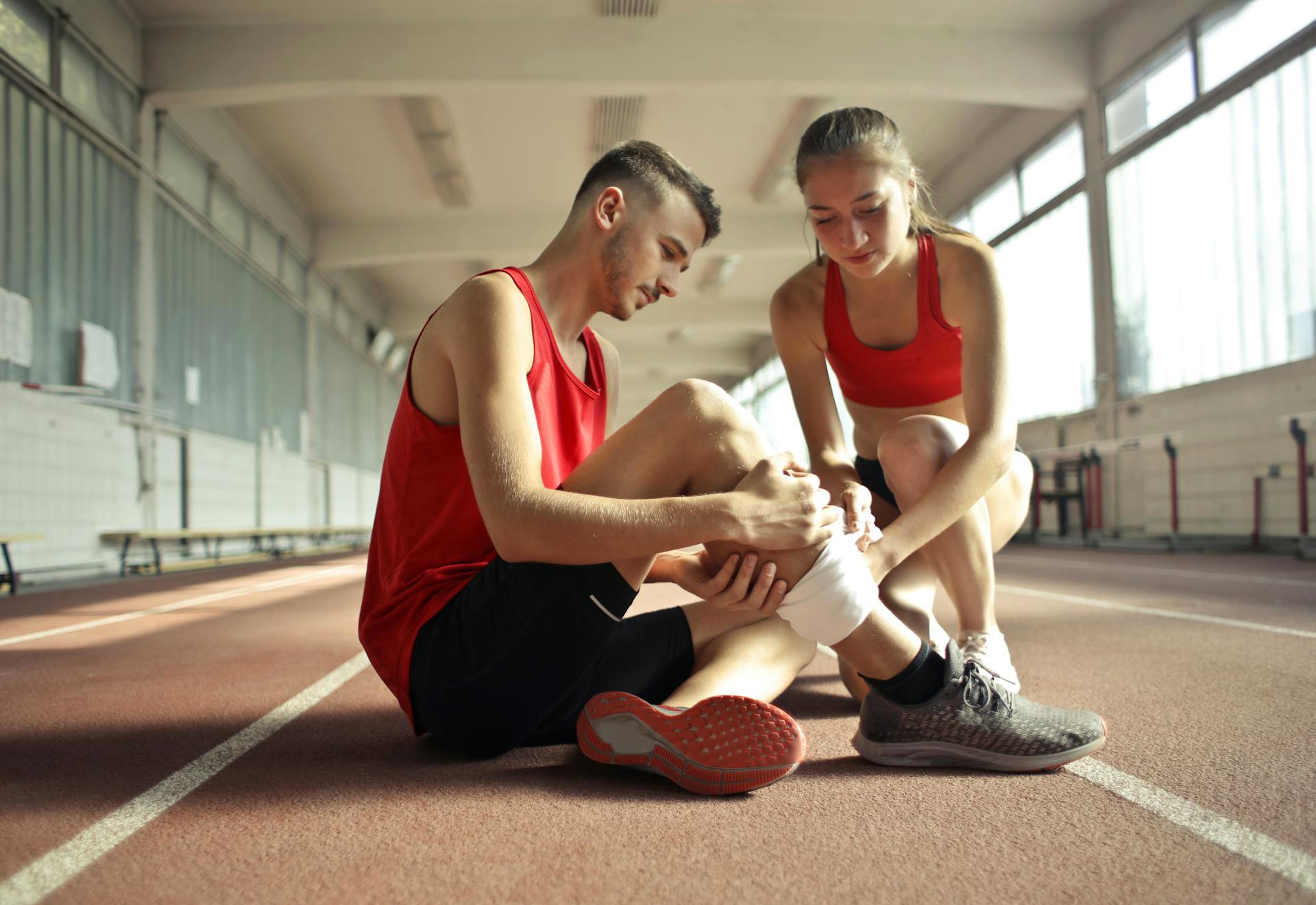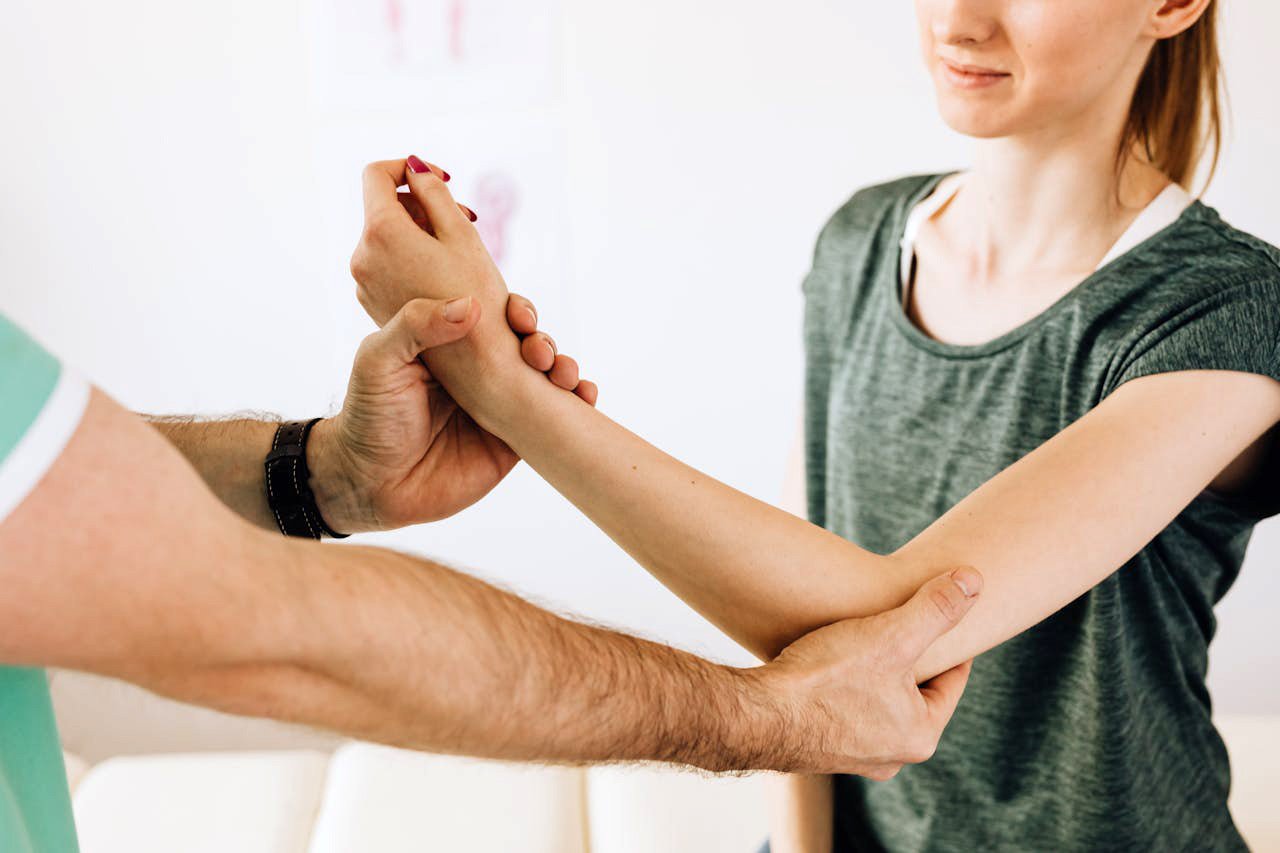Sports injuries are common for athletes at all levels, from weekend warriors to professionals. These injuries can range from minor sprains and strains to severe fractures and concussions, often affecting performance and enjoyment of the sport. Beyond physical challenges, injuries can lead to psychological hurdles, such as anxiety about returning and feelings of isolation. This is where physical therapy is crucial for recovery. This post will explore the role of physical therapy in sports injury recovery and how it helps athletes return to peak performance.
Restoring Function and Mobility
A key role of physical therapy in sports injury recovery is to restore function and mobility to the affected area. When an athlete gets injured, the immediate response often involves immobilization, which is crucial for healing but can lead to stiffness and reduced range of motion. A skilled physical therapist uses targeted rehabilitation techniques, such as stretching, strengthening exercises, and manual therapy, to promote recovery and restore normal function.
Therapists help athletes return to their sport without restrictions by focusing on restoring movement patterns and improving flexibility. Additionally, with a SPORT Orthopedics + Physical Therapy doctor’s guidance, athletes can regain strength and endurance through targeted exercises, allowing them to return to their sport safely and confidently. The goal of physical therapy is to not only heal the injury but also prevent future injuries by addressing any imbalances or weaknesses in the body.
Pain Management
Effective pain management is crucial to physical therapy during recovery from sports injuries. Pain can be a physical and psychological barrier preventing athletes from fully engaging in rehabilitation exercises. Physical therapists use various strategies to alleviate pain, including ice or heat therapy, electrical stimulation, and ultrasound treatments.
They often use manual massage and joint mobilization techniques to reduce muscle tension and improve circulation to the injured area. By addressing pain through these methods, therapists enhance an athlete’s comfort and encourage greater participation in their rehabilitation program. This proactive approach helps restore normal function more quickly, enabling athletes to return to sports with confidence and less fear of re-injury.
Returning to Sport Safely
Returning to sports after an injury requires careful planning to avoid re-injury. Physical therapists collaborate with athletes to create a personalized rehabilitation program that considers the injury’s type and severity and the specific demands of their sport. This involves gradually reintroducing activities and exercises that mimic the movements and stresses of the sport, ensuring athletes are fully prepared to return without setbacks.
Therapists closely monitor each athlete’s progress during rehabilitation and provide guidance to prevent overexertion, which can lead to re-injury. This includes regular assessments, personalized exercise plans, and techniques to build strength and flexibility safely. By prioritizing a safe return to play, physical therapy aids healing and helps athletes regain confidence and trust in their bodies after an injury.
Preventing Recurrence
Preventing sports injuries is a crucial focus of physical therapy, providing athletes with tools and strategies to avoid future issues. Physical therapists conduct thorough assessments to identify risk factors like biomechanical imbalances, poor techniques, or muscle weaknesses. By addressing these concerns through personalized training—such as strength training, conditioning, and sport-specific drills—therapists help athletes enhance their movement patterns and mechanics.
Education is vital; therapists teach athletes effective warm-up routines, stretching techniques, and cool-down protocols essential for preventing injuries. Balance and proprioceptive training improves kinesthetic awareness, reducing the risk of falls and improper movements during play. This comprehensive approach promotes quick recovery and builds long-term athletic resilience, helping athletes perform at their best while minimizing future injury risks.
Promoting Healing and Mental Well-being
The physical impact of sports injuries is apparent, but the mental toll can be just as significant. Recovering from an injury can cause a range of emotions, including frustration, anxiety, and isolation. Physical therapists play a vital role in promoting physical and mental well-being through encouragement, support, and education.
Therapists offer a safe space for athletes to share their fears and concerns while working toward recovery goals. They also empower athletes by teaching them self-care techniques they can use at home to encourage healing and prevent future injuries. This collaborative approach builds trust between the therapist and athlete, producing positive physical and emotional outcomes.
Individualized Treatment Plans
Every athlete and injury is unique, so individualized treatment plans are essential for successful recovery. Physical therapists assess each athlete and develop a tailored plan addressing their needs, goals, and limitations. This approach ensures that athletes receive the most effective care possible and can confidently return to their sports.
In addition to this personalized attention, physical therapists regularly reassess an athlete’s progress and adjust the treatment plan to promote continual improvement. By considering each athlete’s specific circumstances, therapists help them achieve optimal results in their recovery journey.
Recovering from a sports injury is a complex process that requires a holistic approach to addressing athletes’ physical and mental challenges. By creating a supportive environment and implementing tailored strategies, athletes can navigate their rehabilitation with resilience. Expert guidance, ongoing motivation, and a focus on personal growth empower athletes to overcome adversity and return to sports with renewed purpose and strength. This comprehensive approach not only aids recovery but also enhances the overall athletic experience, promoting long-term health and performance.


